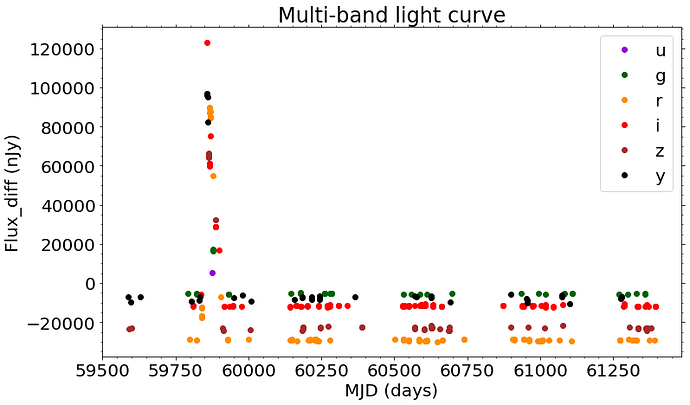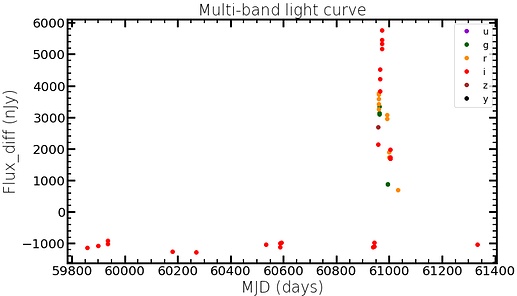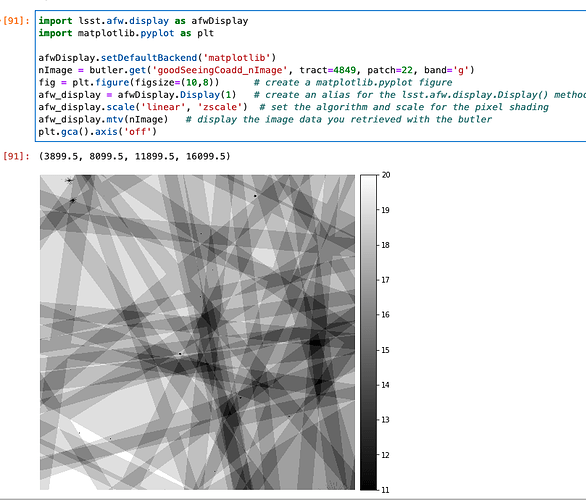Also, I think one way to get at the input visits that went into a given template is from the logs. I’m not sure the following are the correct datasets for your purposes, but, e.g.
from lsst.daf.butler import Butler
config="dp02"
collection = "2.2i/runs/DP0.2"
skyMap = "DC2"
tract = 4849
patch = 22
butler = Butler(config=config, collections=collection, skymap=skyMap)
templateGen_log = butler.get("templateGen_log", band="g", tract=tract, patch=patch)
inputVisitList = []
for logLine in templateGen_log:
it "Weight of deepCoadd_psfMatchedWarp" in logLine.message:
print(logLine.message)
msg = logLine.message
visit = msg[msg.find("visit")+7:]
visit = visit[:visit.find(",")]
inputVisitList.append(visit)
print("inputVisitList = ", inputVisitList)
gives
Weight of deepCoadd_psfMatchedWarp {instrument: 'LSSTCam-imSim', skymap: 'DC2', tract: 4849, patch: 22, visit: 193784, ...} = 1692.563
Weight of deepCoadd_psfMatchedWarp {instrument: 'LSSTCam-imSim', skymap: 'DC2', tract: 4849, patch: 22, visit: 193824, ...} = 2088.092
[...]
inputVisitList = ['193784', '193824', '254349', '254364', '399393', '419767', '449903', '449904', '449955', '680275', '680296', '697992', '703769', '719589', '921284', '921309', '1170053', '1206080', '1206127', '1225465', '1225497']
You may also need to dig into the makeWarp logs to see if individual detectors were “de-selected” while generating warps. You need to look for lines with “Removing or " D[d]e[-]selecting” in them (not sure that covers them all…) , e.g.
makeWarp_log = butler.get("makeWarp_log", band="g", tract=4849, patch=22, visit=193784)
for logLine in makeWarp_log:
if "Removing" in logLine.message or "eselect" in logLine.message or "e-select" in logLine.message:
print(logLine.message)
tells you:
Removing visit 193784 detector 136 because median e residual too large: 0.004584 vs 0.004500






